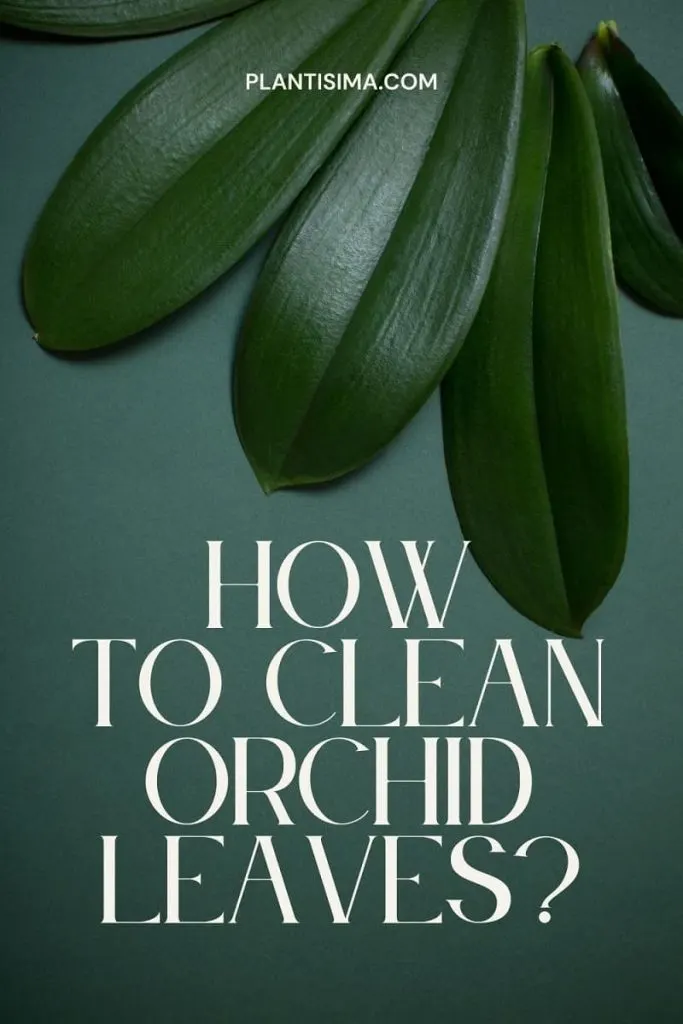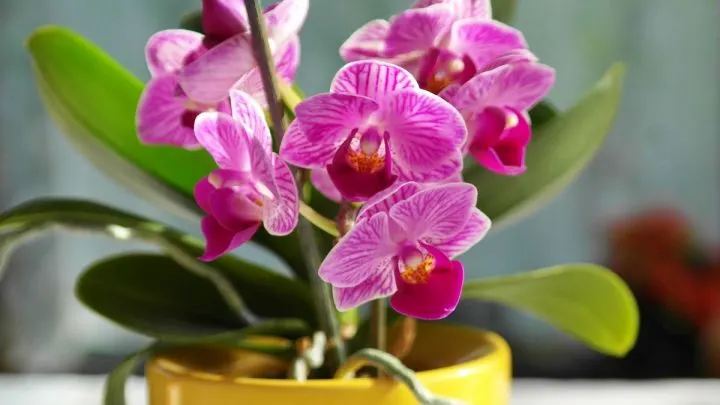Have you noticed your orchid’s leaves looking a bit dull? Just like any surface in your home, orchid leaves can collect dust, dirt, and other debris over time.
This isn’t just an aesthetic issue – it can actually impact your orchid’s health by blocking sunlight and reducing its ability to photosynthesize.
Imagine trying to sunbathe under a blanket—no fun, right? That’s how your orchid feels when its leaves are covered in dust. Dirty leaves block light, mess with moisture levels, and can even make your plant look less than its best.
Plus, dust isn’t just bad for the plant; it’s bad for you too. Those particles eventually end up in your lungs, so let’s keep things clean and green!
Let’s dive into some tried-and-true methods to bring back that vibrant shine and help your orchid thrive.
1. Coffee Grounds Will Make Your Leaves Shine
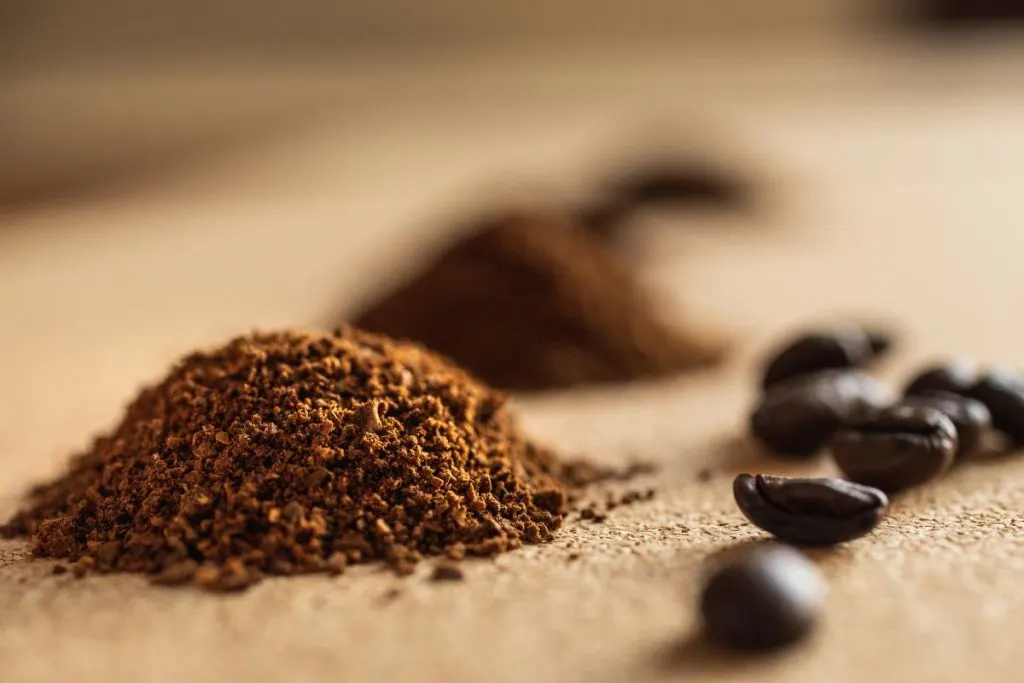
It serves as a fertilizer for plants, especially hydrangeas, azaleas, and orchids because it increases the level of acidity in the soil, which is what these species need. Mix coffee grounds with the soil to achieve this effect.
You can also clean its leaves with it. Once you rub coffee ground gently on its leaves, a clean sponge dipped in warm water will help you clean the leftovers after.
Although be careful, if you notice that the leaves on the tips start to dry, it means that you have exceeded the acid level.
2. Eggshell Saves The Day
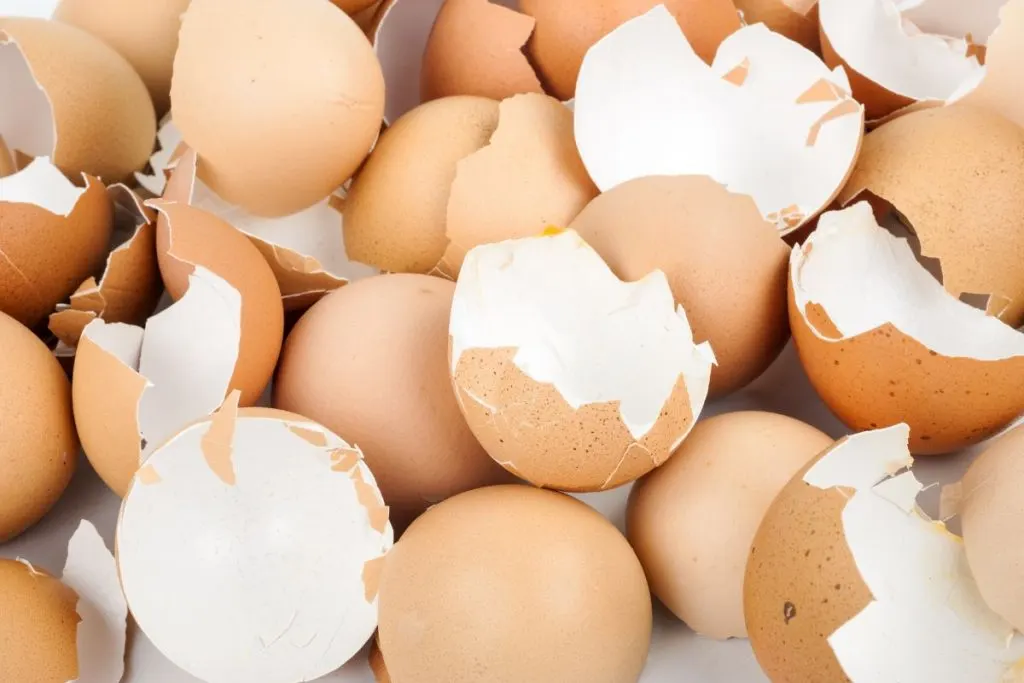
Eggshells are packed with calcium, which is essential for the structural integrity of plants. By sprinkling crushed eggshells around your orchid, you’re providing a slow-release source of this important nutrient.
While the shells do their work in the soil, the process of cleaning the leaves helps maintain the plant’s overall health.
Step 1: Rinse a few eggshells thoroughly to remove any residue, then let them dry completely.
Step 2: Once dry, crush the eggshells into small pieces.
Step 3: Sprinkle the crushed eggshells evenly around the base of your orchid, avoiding direct contact with the roots.
Step 4: After applying the eggshells, focus on the leaves. Use a soft, damp cloth to gently wipe away any dust or debris. This ensures that the plant can photosynthesize efficiently.
Step 5: Over time, the eggshells will break down, enriching the soil and strengthening your orchid.
Pro Tip: Combine this method with regular leaf cleaning for the best results. The leaves will stay healthy, and the plant will benefit from the added nutrients.
3. Cold Tea Infusion Makes A Orchid Leaf Shine

Make yourself a tea and add it to your irrigation water, the antioxidant properties of the tea will be transferred to the soil and will serve as a strengthening for your plants.
In addition, tea prevents the presence of fungi. Another way to use it is by directly mixing the contents of the bag with the soil of your plants. With all the needed nutrients and of course cleaning your leaves, it will make them shine as well.
Pro Tip: Use this method sparingly, as too much tea can acidify the soil. Aim for once every few weeks.
4. Have You Tried A Toothbrush On Orchid Leaves?
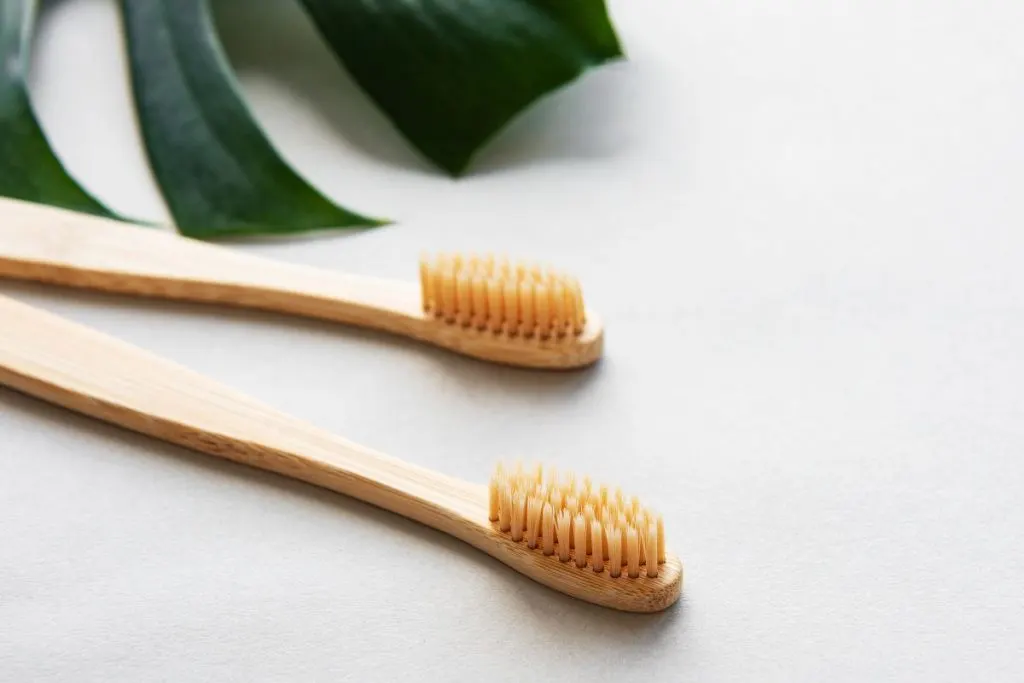
So, with smooth leaves, it seems to be sorted, but what to do with velvety and curly leaves? You can use your old toothbrush to clean them!
Everything is extremely simple: put a piece of paper in your hand and go over it with a brush, moving from the base to the top.
Do not forget to moisten the brush from time to time. And before you clean the plants, let them dry. Even for these purposes, an ordinary soft brush, a shaving brush, or any fallen leaves of the same plant is suitable.
Since we are talking about how to properly care for indoor plants, other aspects should be mentioned. If your plant has wilted flowers or yellowed leaves, it is better to remove them in time.
Then the plant will be able to direct all its forces to the preservation and development of healthy shoots.
5. Spraying The Whole Plant To Clean Orchid Leaves
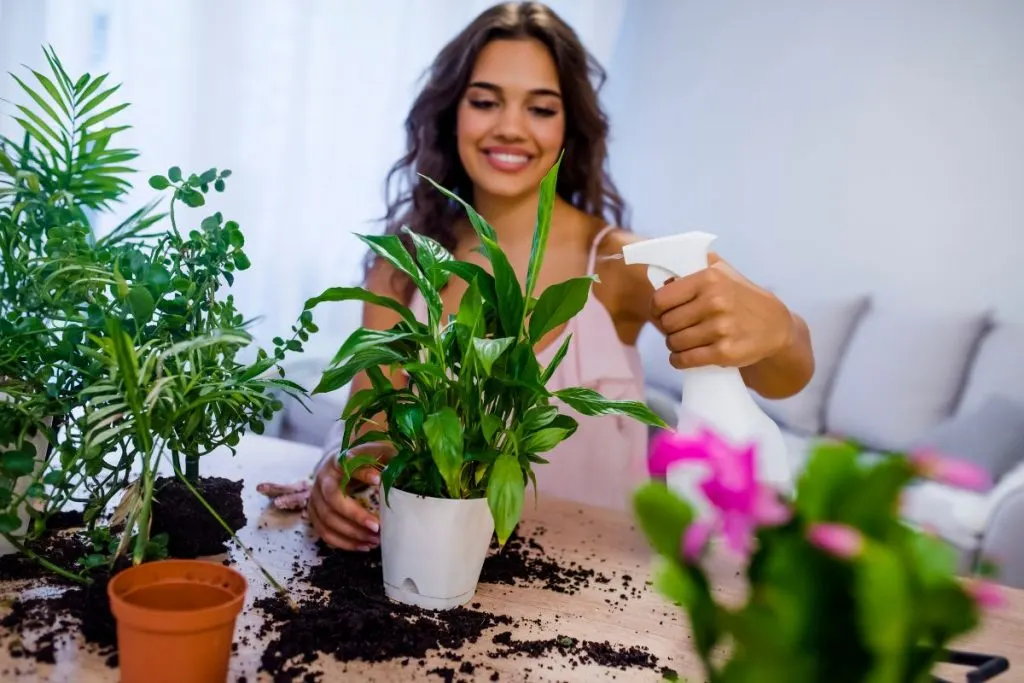
Put them in the sink or bathtub and wash them in the shower. Check until the water was warm.
Too hot or cold water can damage the leaves. If the plants are too dirty, you can add liquid soap diluted with water to the spray solution.
Use approximately 2-4 g of soap per 1 liter of water. A small plant that can be damaged by the jet of water under the shower can be cleaned differently. Turn it over in a bucket of water and rinse the leaves.
Watering the soil before this procedure will prevent the lump of soil from falling out of the pot. You can wrap the soil around the base of the plant with cellophane to prevent it from getting dirty.
Again, remember to use warm water. Before you put the plants back, wait for the drops of moisture to dry on them.
6. Fresh Lemon Juice And Lime Juice Do The Job
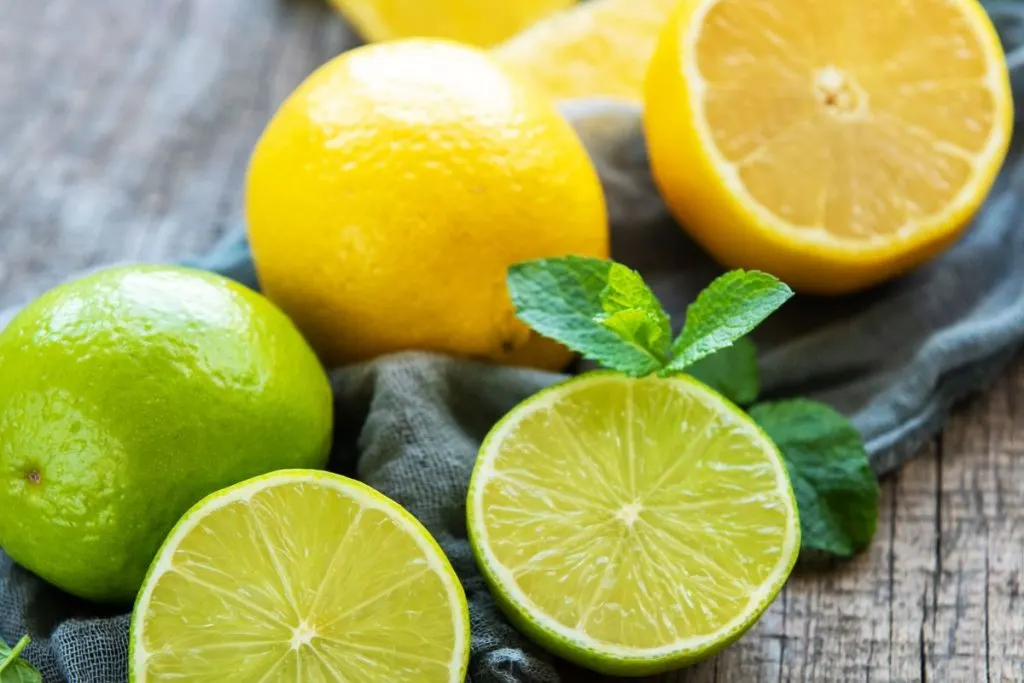
- 2 cups water – use soft water if you have one. If not, don’t worry. I use hard water for that.
- 1 tablespoon lemon or lemon juice
Using microfiber will help you get rid of cracks and wrinkles on the leaves, but a soft cloth is all you need.
Before using lemon juice or lime juice, however, where there are dust or mineral deposits, it’s better to clean them with soft water first. Let them absorb moisture for a bit before you apply lemon juice.
Soft water only. Remove mineral deposits and start cleaning them. You can use a soft sponge and a spray bottle for that. Leaf shine will be noticeable once you’re done.
Mix water and lemon or lime juice for a clean orchid leaf. Soak a piece of a cotton round in the solution.
When cleaning orchid leaves avoid paper towels. Hold the back of the blade with one hand and wipe off the dust with the other.
Do not pull the stem. But don’t be afraid to put a little pressure on the leaves. Do not use the same piece of material for each leaf to avoid contamination.
If you are more interesting in reading about plants that absorb moisture, we have prepared for you the 14 best bathroom plants that absorb moisture.
7. Egg Yolk For The Win

Just like banana peel can perfectly well clean your orchid leaves and do proper orchid care, egg yolk is great for it as well.
Egg whites can do a proper job as well, they also have nutrients, like proteins and vitamins, but for some plants, egg yolk just works much better.
After you “feed” and clean orchid leaves with egg yolk, orchid leaves shiny look will amaze you for sure. Orchid’s leaves are now fed, they are perfectly shiny and you’re welcome.
8. Dish Detergent Is A Good Option As Well
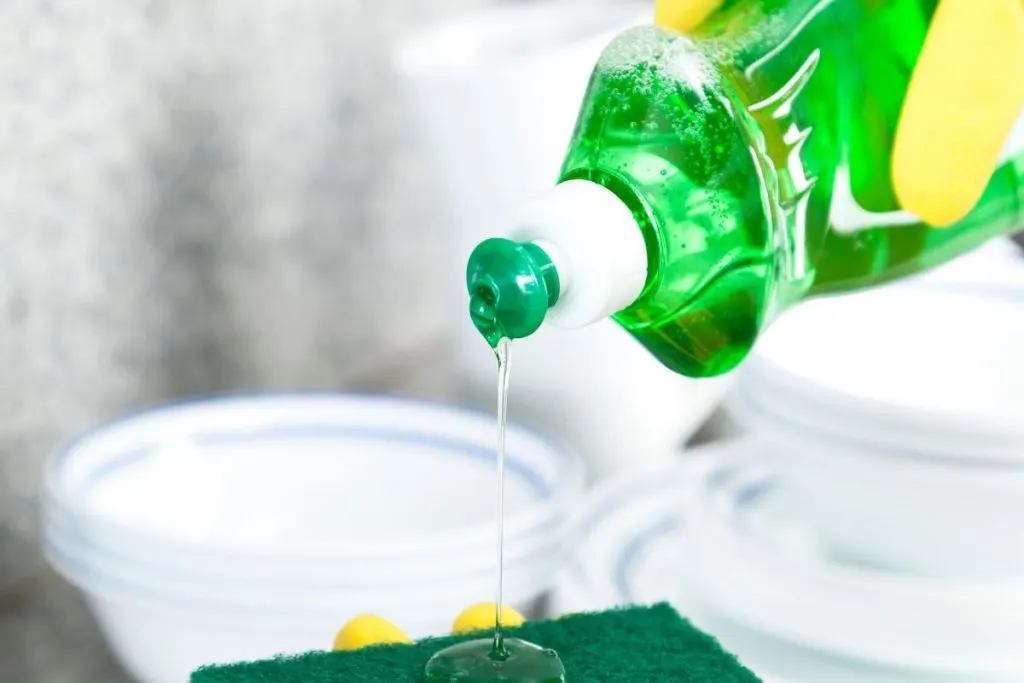
When you’re not overdoing it, since they are, let’s be honest, chemical additives, and dish detergent can be very good for your plant’s leaves.
Leaves clean is the 100% guaranteed result you’ll get with dish detergent and dish soap as well. By using soft water, soft cloth, and dish soap, your plant will be shinier than ever.
9. How To Use Baby Shampoo When Cleaning Orchid Leaves
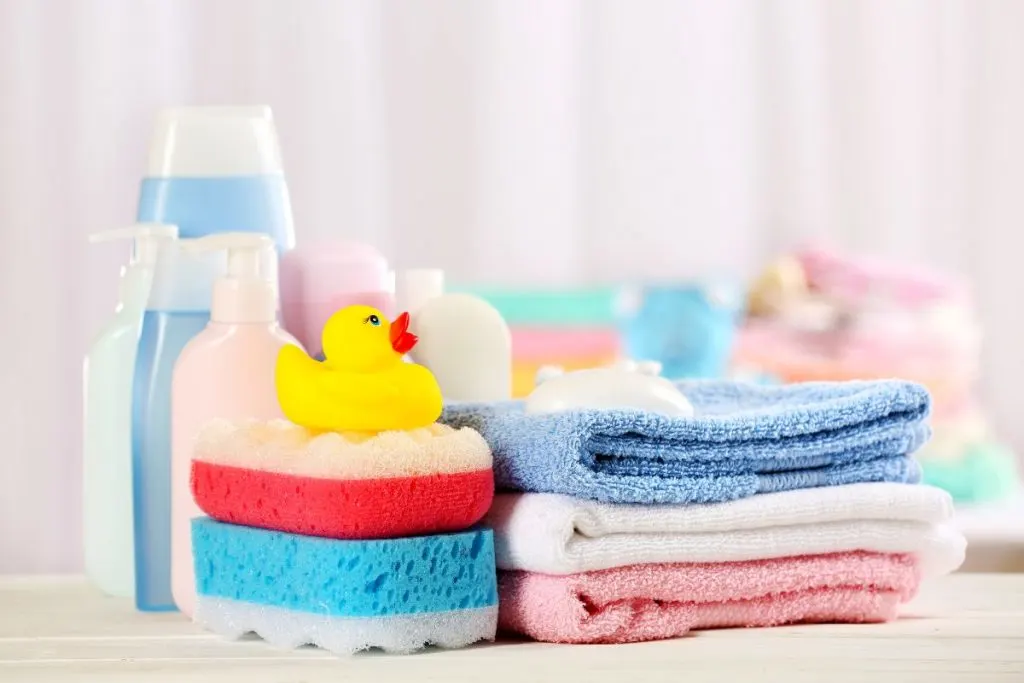
Baby shampoo is very good for sensitive orchid leaves and orchid plants and we all know they are very sensitive. Baby shampoo is well known for its low PH value and that works very well for plants like orchids.
By using a soft cloth or a soft sponge, apply a bit of baby shampoo with soft water to your orchid leaves, and voila, before you know it, it will be perfectly clean and shiny!
If you want to make sure your plant has the best treatment, buy a baby shampoo that’s more expensive than the most basic one. That way you can be sure it’s in good hands.
10. Homemade Mayonnaise Is Great For Orchid Leaves
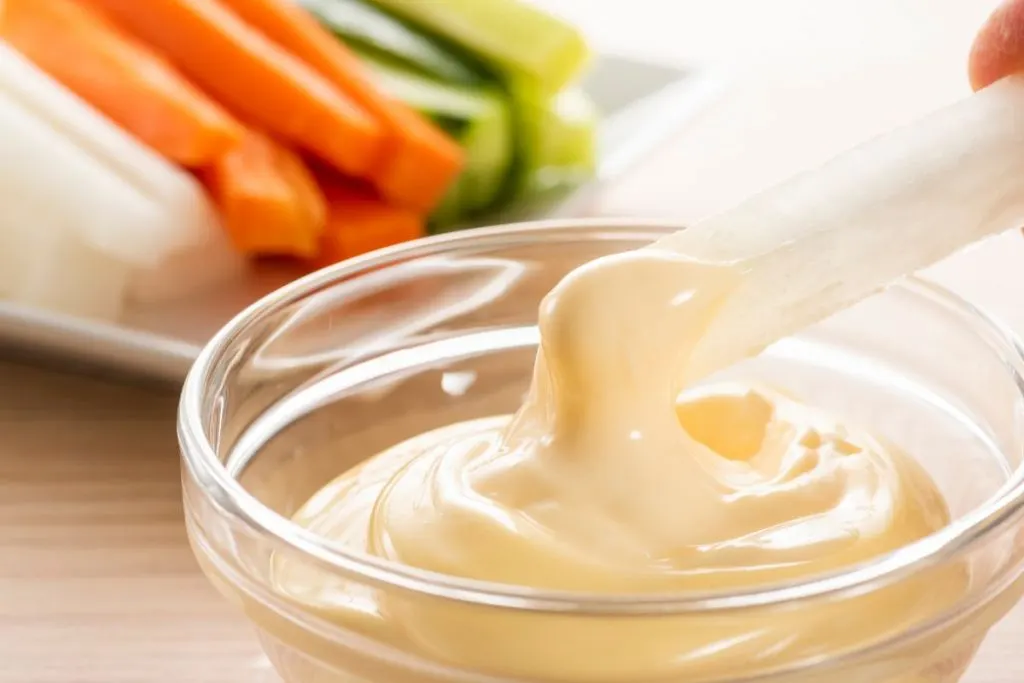
Some flowering plants, such as African violets, have dull leaves that do not require a gloss, while many others have leaves with a smooth surface, which is perfect for a light gloss.
Commercial leaf polishing products are available from a variety of suppliers, but you can easily make them at home.
Glazing the leaves with homemade mayonnaise sounds a little strange, but it’s a trick that some professionals use.
Gently apply mayonnaise to the leaves with a paper towel and sit comfortably all week to see the shiny leaves.
Mineral oil is also effective in lighting the leaves, but only in small amounts once or twice a year.
Also, keep the plant away from direct sunlight, as mineral oil can burn the leaves! Everything you need to keep your plants healthy and bright all year round, just like in a flower shop.
Don’t Forget To Clean The Pot
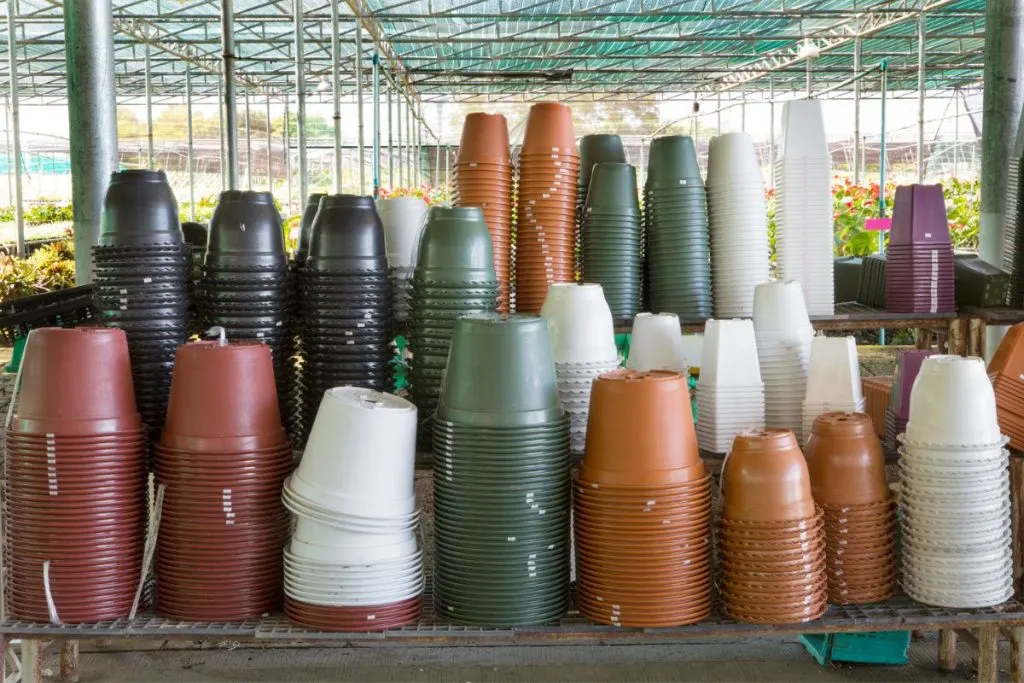
You have put all your efforts into cleaning the plants, but you need to make sure that the pots are also in order.
If salts and minerals form on the surface of the soil or along the rim of the pot, you must remove the plant and thoroughly clean the pot.
Wash it with a diluted bleach solution (1 part bleach to 10 parts water). Scrape off the salt deposits with a stiff brush and rinse the pot well before replanting the plant. Prevent the formation of plaque on pots by periodically washing the soil.
Why Is Clean Water Important In Orchid Leaves Care?
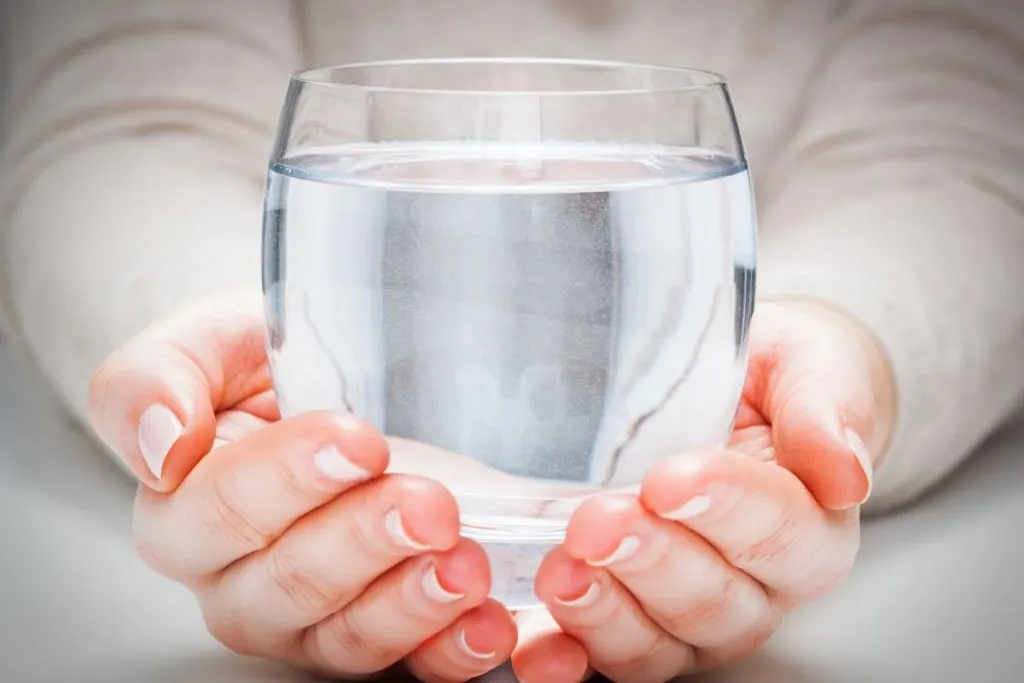
You don’t have to be an expert to guess that water is the best medicine for cleaning houseplant leaves from plants. This is truly an undeniable fact!
Clean water doesn’t have any additives, and sometimes that can work great for your plant especially if it’s currently suffering from some conditions.
Trust me, they will love this shower. Just put them in the bathroom or the barn and turn on the water.
Just make sure the water is warm. And, of course, it should be a shower, not a stream from the faucet, which can damage the leaves. You can also use a sprayer.
If you are very dusty and the dirt has stuck to their leaves, you can add a small amount of shower gel to the water.
Spray this mixture on the leaves and then rinse with clean water. The only thing, in this case, it’s recommended to either cover the ground or tilt the plant so that the soap solution does not enter the ground.
Pests And Diseases That Can Ruin Your Plant’s Leaves
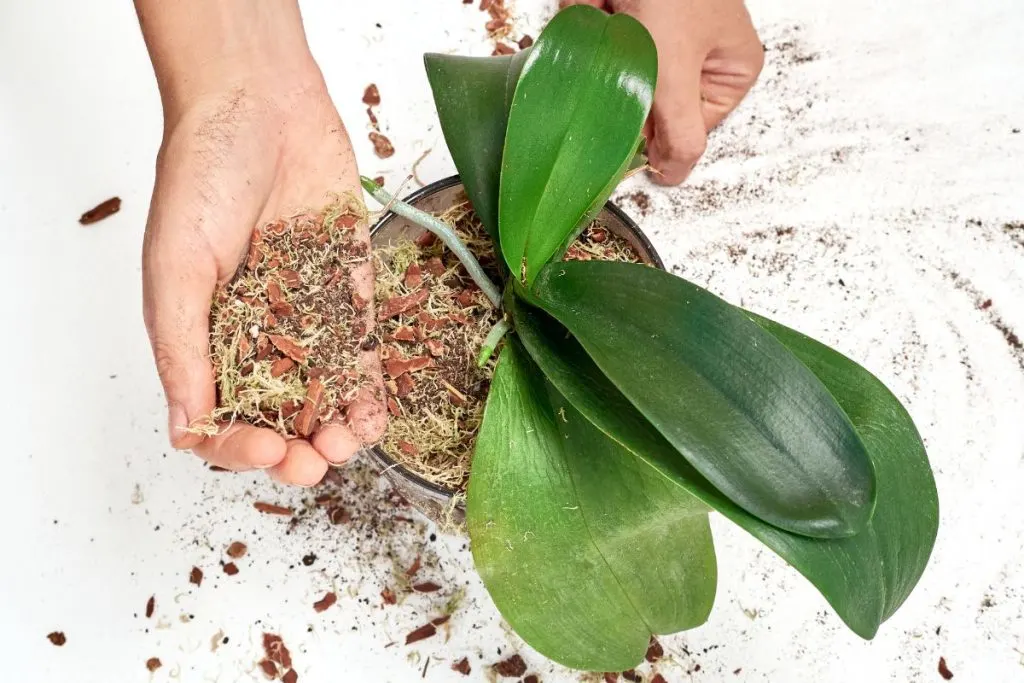
These delicate flowers are pleasing to the palate of many common plant pests, including aphids, fungal mosquitoes, mosses, mites, scales, thrips, and whiteflies.
Most pests can be removed by reducing the insect population by washing with a soft hand brush, running water, or soapy water.
When you notice pests, you can use isopropyl alcohol too. Pest infestation is tricky and we all know it.
You risk burning with alcohol so make sure you use only 50 to 60%. That can kill pests as well. You can also use hydrogen peroxide but that’s even trickier and can cause more harm than good for your plant.
You can also damage the insect’s body by rubbing alcohol or mixing a few drops of liquid soap with alcohol and then spraying it.
Another pest control solution is neem oil, which suffocates pests.
In addition to root rot, orchids can suffer from several fungal diseases, such as anthrax, phytophthora, botrytis, leaf spot, and leaf spot. Gently wipe the leaves with pest acids and it should do the work.
Wrapping It Up
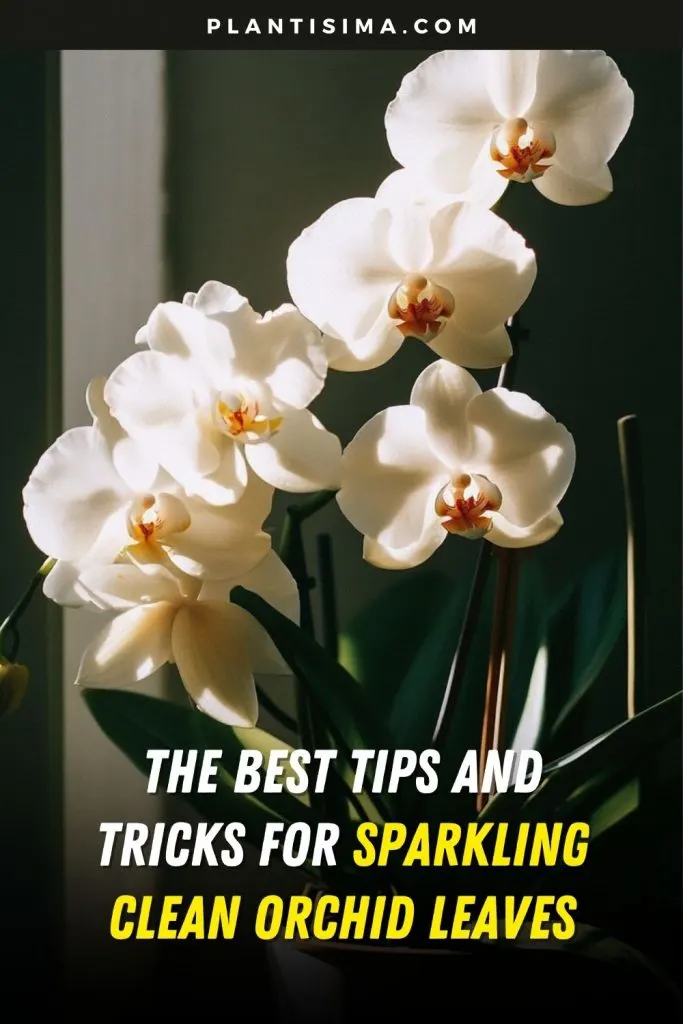
And just like that, we’ve come to an end of another lovely plant article.
I hope you’ve learned what you needed to learn about an easy tutorial on how to clean orchid leaves with our article today. If not today, save it and visit it next time you’re about to clean them.
Besides these written tips and tricks above, you can also use skim milk even though most people avoid it. After some time, milk can get that sour smell and nobody likes that I’m sure.
For extra shine, you can always buy some care spray made for the plants specifically. That would be all for today.
